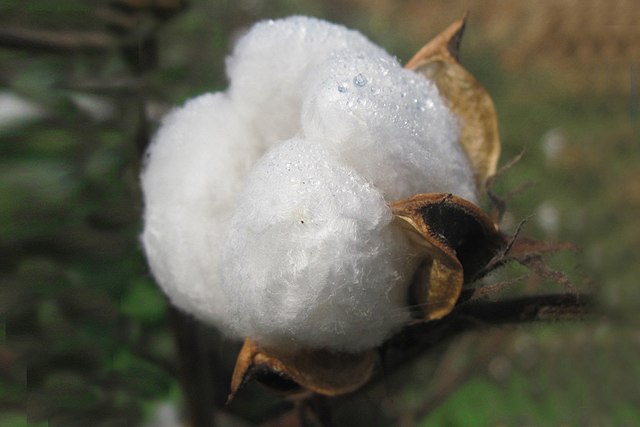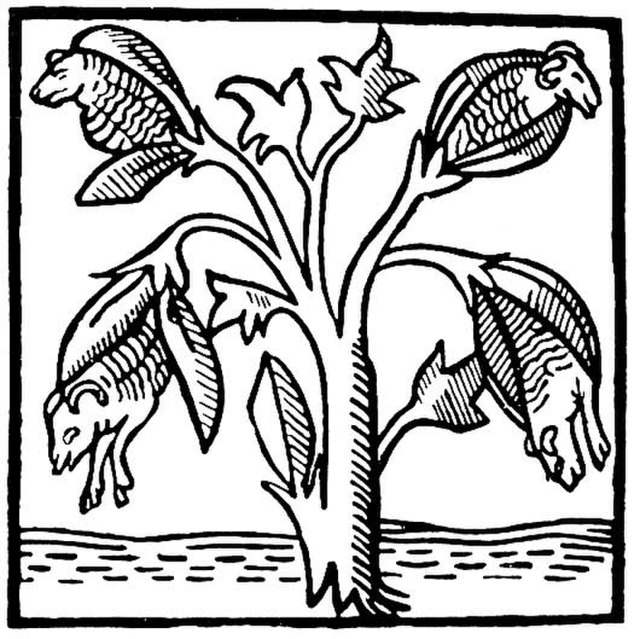The spinning mule is a machine used to spin cotton and other fibres. They were used extensively from the late 18th to the early 20th century in the mills of Lancashire and elsewhere. Mules were worked in pairs by a minder, with the help of two boys: the little piecer and the big or side piecer. The carriage carried up to 1,320 spindles and could be 150 feet (46 m) long, and would move forward and back a distance of 5 feet (1.5 m) four times a minute.
The only surviving example of a spinning mule built by the inventor Samuel Crompton
The outward traverse
The inward traverse
Notice the faller wire gear
Cotton is a soft, fluffy staple fiber that grows in a boll, or protective case, around the seeds of the cotton plants of the genus Gossypium in the mallow family Malvaceae. The fiber is almost pure cellulose, and can contain minor percentages of waxes, fats, pectins, and water. Under natural conditions, the cotton bolls will increase the dispersal of the seeds.
Manually decontaminating cotton before processing at an Indian spinning mill, in 2010.
Cotton ready for harvest in Andhra Pradesh, India.
Cotton plants as imagined and drawn by John Mandeville in the 14th century
The Vegetable Lamb of Tartary








